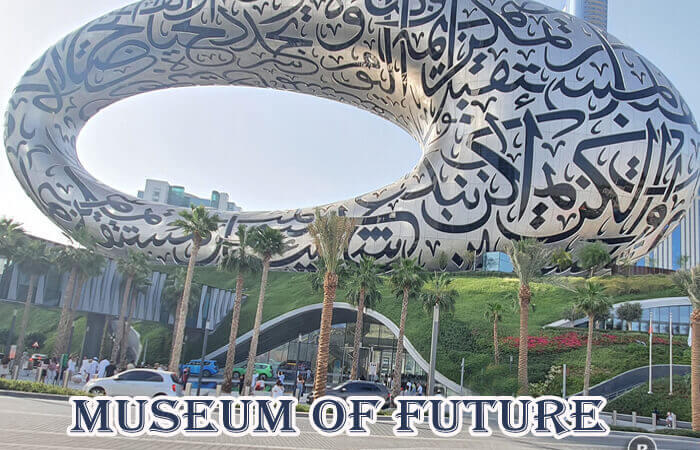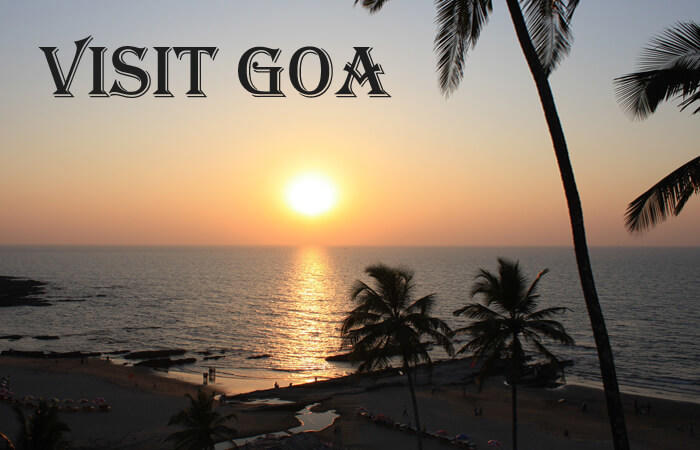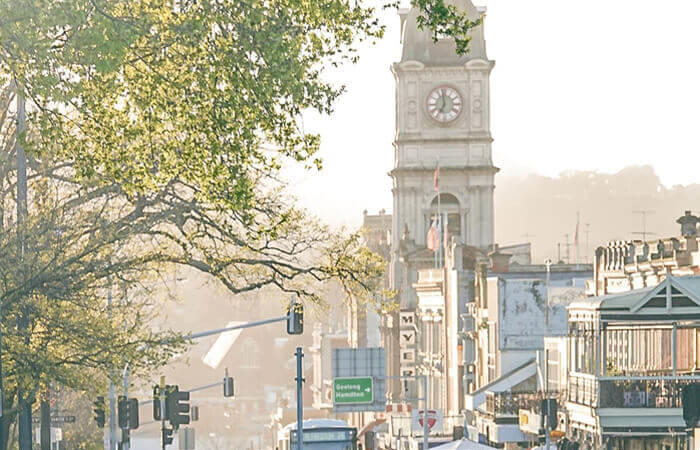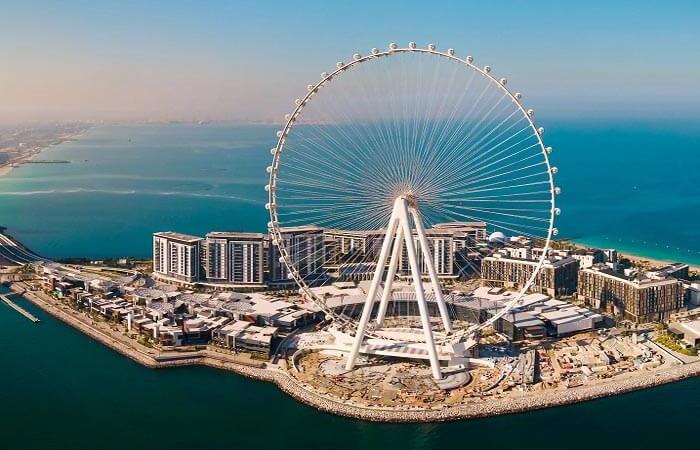Corbett National Park
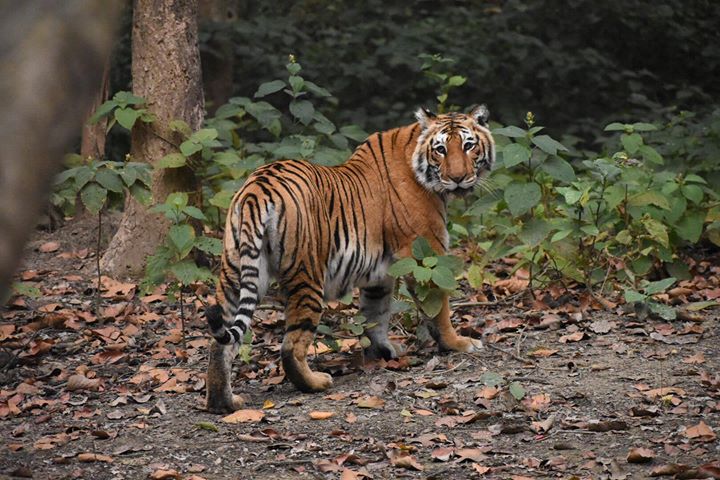
Located in the foothills of the Himalayas in northern India’s Uttarakhand State is the majestic Corbett National Park. Home to a variety of flora and fauna, it is famous for its wild population of Tigers, Leopards, and Elephants. Corbett national park was established in 1936, as the Hailey National Park.
India’s first national park and the first sanctuary to come under Project Tiger, Corbett supports a variety of vegetation making it the ideal habitat for the Tiger and its prey.
Once a popular hunting ground of the British, this 201 square mile park was named in honor of the late Jim Corbett, the legendary hunter-naturalist turned author and photographer who most of his years in this area and contributed in setting up this park. With the help of the World Wildlife Fund, Project Tiger was launched in Corbett National Park in 1973 and this park was one of the first such tiger reserves in the country.
Flora In Jim Corbett Park
The varied topography comprises hilly and riverine areas, temporary marshy depressions, plateaus, and ravines. The lower areas are almost completely populated by Sal trees. In the Jim Corbett National Park are found 110 tree species, 50 mammals species, 580 bird species, and 25 reptile species.
Major Wildlife Attractions
Corbett is a haven for Tigers as well as its prey, which includes four kinds of Deer, Wild Boar, and some lesser-known animals. Leopards are mostly found in the hilly areas of the park. Some nocturnal cats found here are the Leopard Cat, Jungle Cat, and Fishing Cat. Sloth Bear is found in the lower regions of the park while the Himalayan Black Bear is seen in the higher hills only. The Dole or Wild Dog, though they can be seen in the southern areas of the park along with the Jackal.
Some of the smaller residents of the park are Himalayan Palm Civet, Indian Gray Mongoose, Common Otter, Blacknaped Hare, and Porcupine. Elephants are among one the main attractions of Jim Corbett Park. Along the Ramganga River shores, one can spot the long-snouted, fish-eating Gharial Crocodile and the ‘Mugger’ Crocodile. Also seen on the rocky hillsides is the Ghoral or Goat Antelopes. The Langur and Rhesus Monkeys are well distributed throughout the park and warning the whole Jungle with alarm calls when they see either a Tiger or Leopard from tree-top perches.
Other Attractions In Corbett
Ramnagar:
Situated in the rich farm belt of Terai, on the southeastern fringes of the great forests, the busy market town of Ramnagar is the main administrative center for Corbett National Park and Project Tiger. Ramnagar makes a fishing base camp. At Lohachaur, 15-km north along the River Kosi, good anglers are in with a chance of landing the legendary Mahseer, a redoubtable battling River Carp. Permits to have a go must be sought from the Project Tiger office in Ramnagar, most resorts also arrange all-inclusive fishing trips.
Wildlife Viewing:
Chital, Sambar, and various other Deer species find refuge in the Savannah grasslands known as the Maidan, behind the campsite to the south, and Tigers are occasionally drawn in looking for prey. Two-hour elephant rides, explore this sea of grass, rarely penetrating far into the deep jungles beyond; try to convince your Mahout or Elephant driver to venture in, as they can be quite magical. Come at dusk or dawn; in the heat of the day, you probably won’t come across much more than deer among the tall grass. Tiger-sightings are few and far between, but you may be rewarded with fresh pug marks.
Jeep Safari in Corbett:
Jeeps Safari is the most convenient way to travel within Corbett national park and can be rented for the park trips from Ramnagar, from the KMVN Tourist Lodge and other travel agencies. One bus each day goes to Dikhala from Ramnagar, stopping at the Forest Rest houses en route. Banking and other important tourist facilities are available at Ramnagar and Lucknow.
Note: Bring binoculars, remain quiet, and don’t wear bright colors or strong perfumes.
Best Time to Visit
The best visiting season of Corbett is from November 15 to June 15. Corbett remains closed between June 16 and November 14, when the monsoons flood the river beds and cut the fragile road links.
How to Get there
-
Air: Phoolbagh, Pantnagar at a distance of 50-km is the nearest airport. Delhi at a distance of 300-km is the nearest international airport.
-
Rail: Ramnagar is on the broad gauge track from where the road transport options have to be availed to reach the park. For faster trains and connections to other parts change at Moradabad.
-
Road: Dhikala is 300-km from Delhi, 145-km from Lucknow, and 51-km from Ramnagar. The route from Delhi spans Hapur-Murababad-Ramnagar. The turnoff is some 7-km beyond Muradabad to the left, marked by a small board. The route from Lucknow spans Bareilly–Kichha–Rudrapur–Doraha–Kashipur. Ramnagar is served by frequent buses to and from Nainital and Ranikhet, 112-km north. Buses arrive every half hour or so after the eight hour trip from Delhi; Delhi Transport Corporation runs a semi-deluxe service and most of the alternatives are pretty basic.
General Information & Tips
Entry Inside The Corbett
National Park: Visitors are advised to reach the gate half an hour in advance to complete the formalities for entry into the park.
Tourist Information Centers: All visitors to Corbett National Park have to obtain permits from the park administration center at Ramnagar. The closest of the various gates into the Corbett national park, 1-m from central Ramnagar, is on the road to Bijrani camp, 11-km away, a base for day trips. Dhangarhi Gate, 18-km along the highway north to Ranikhet, provides access to the northern and northwestern portion of the Jim Corbett Park along the Ramnagar River valley, and to the main camp of Dhikala.

